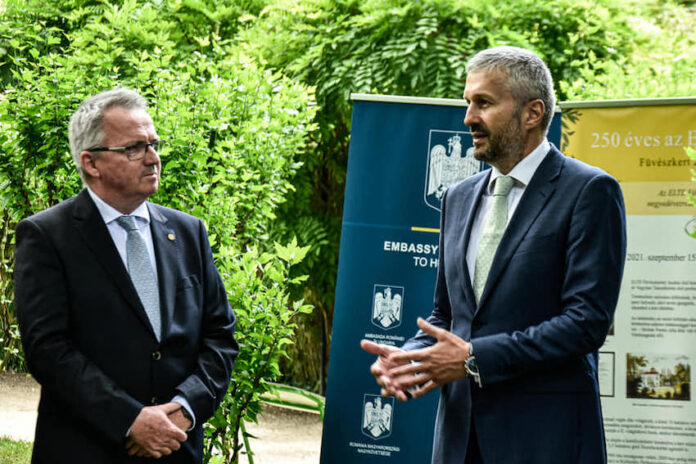Edited by Anna Popper

On the occasion of celebrating the 54th Earth Day, H.E. Gabriel Șopandă, Ambassador of Romania to Hungary, made a significant contribution to the theme of this annual event by planting a Quercus robur, commonly known as “Romanian oak”, in the Botanical Garden of Eötvös Loránd University (ELTE) in Budapest on 27 May 2024.



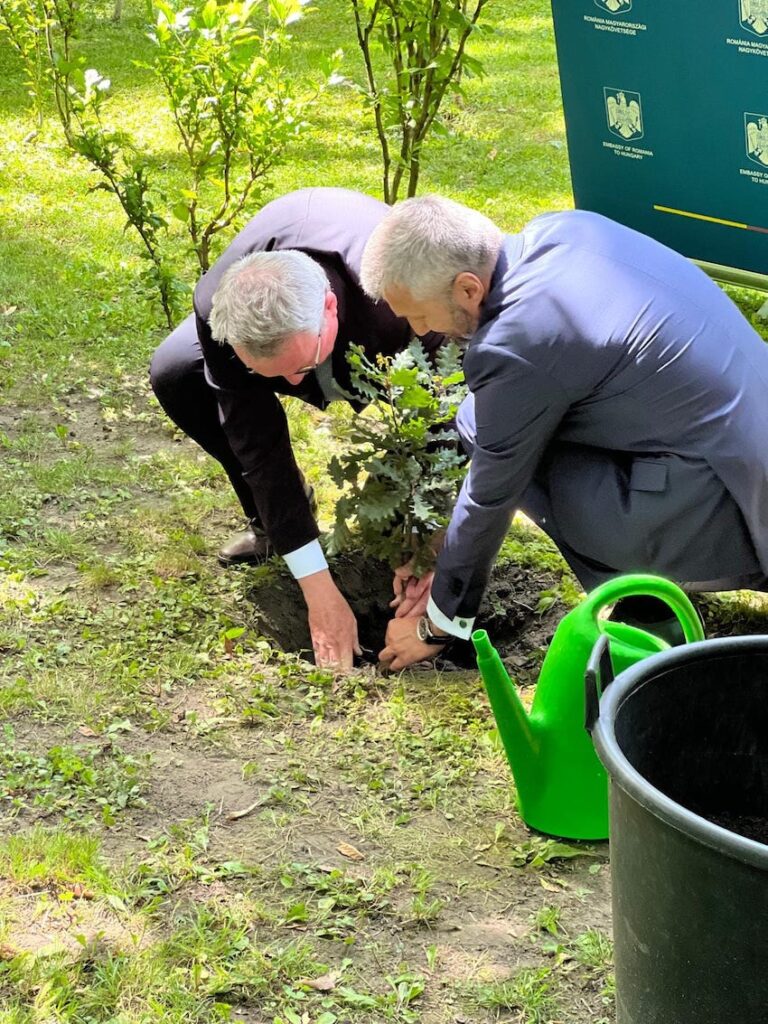
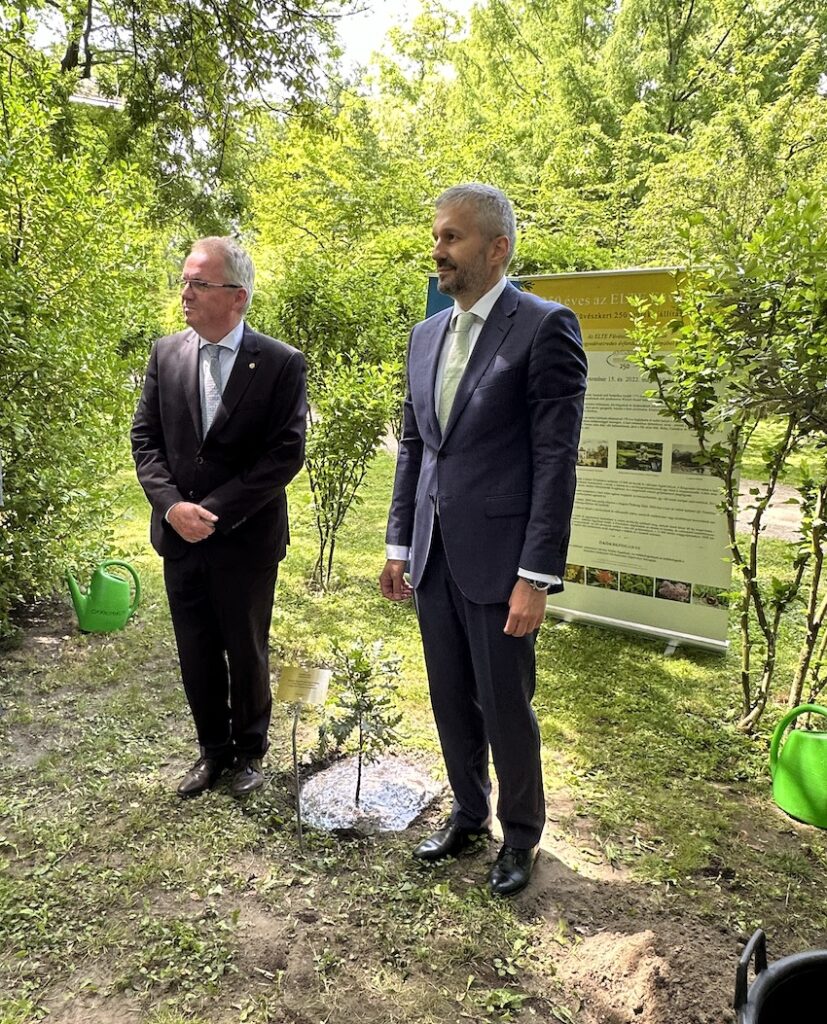
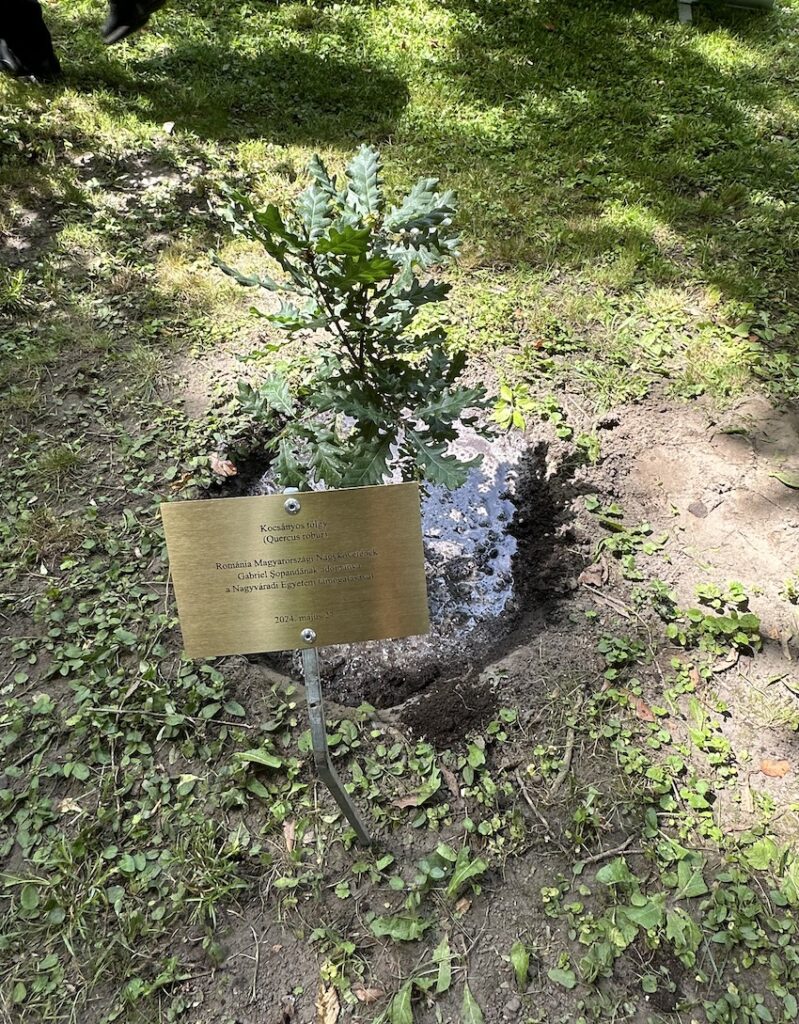


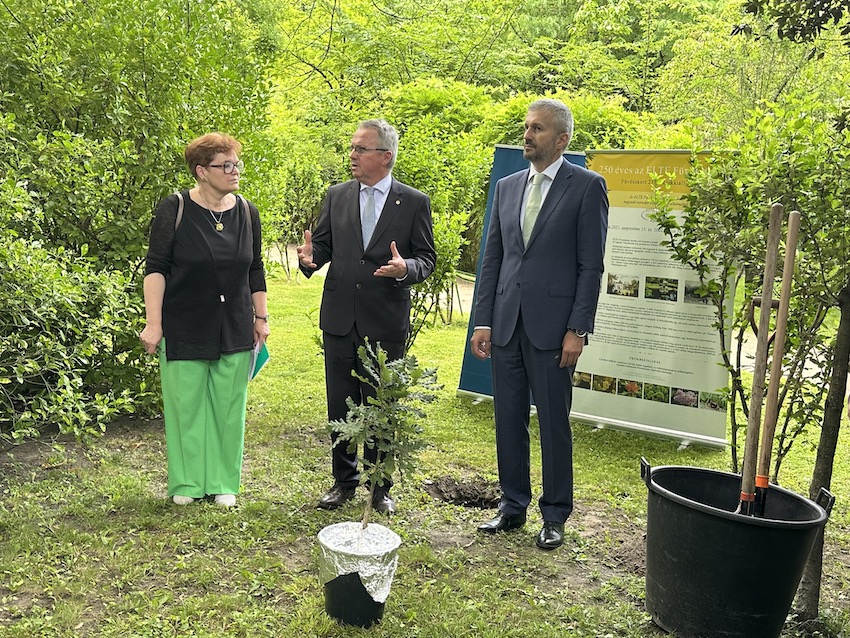
Founded in 1771, the Botanical Garden, known by Hungarians as Füvészkert, is a green oasis in Budapest’s 8th district (Józsefváros), covering 3 hectares and home to more than 8,000 plant species. Visitors to the garden can appreciate the significance of biodiversity in its luxuriant surroundings. The Botanical Garden has a long-standing tradition of tree planting in collaboration with various embassies. In recent years, ambassadors from numerous countries have participated in this initiative, planting trees and contributing to the rich diversity of the garden.


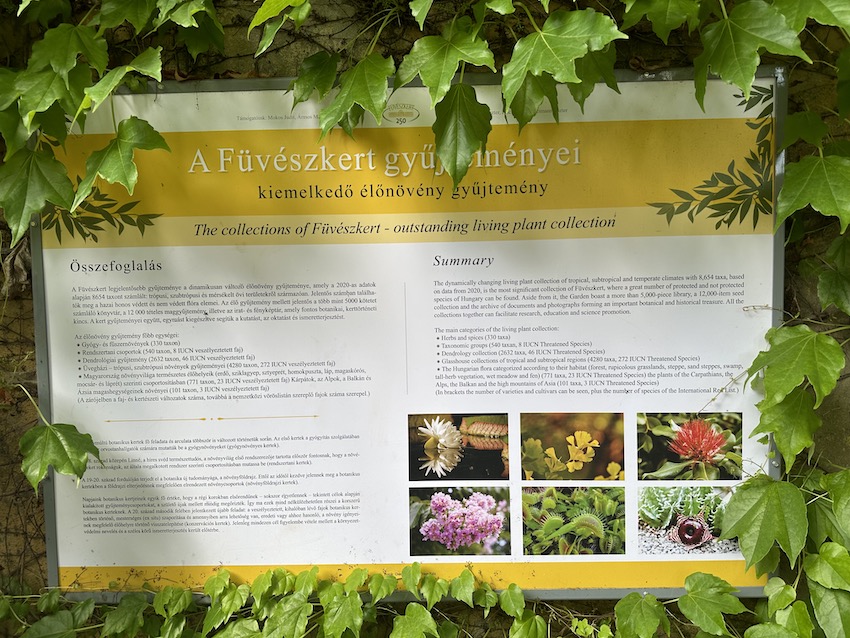
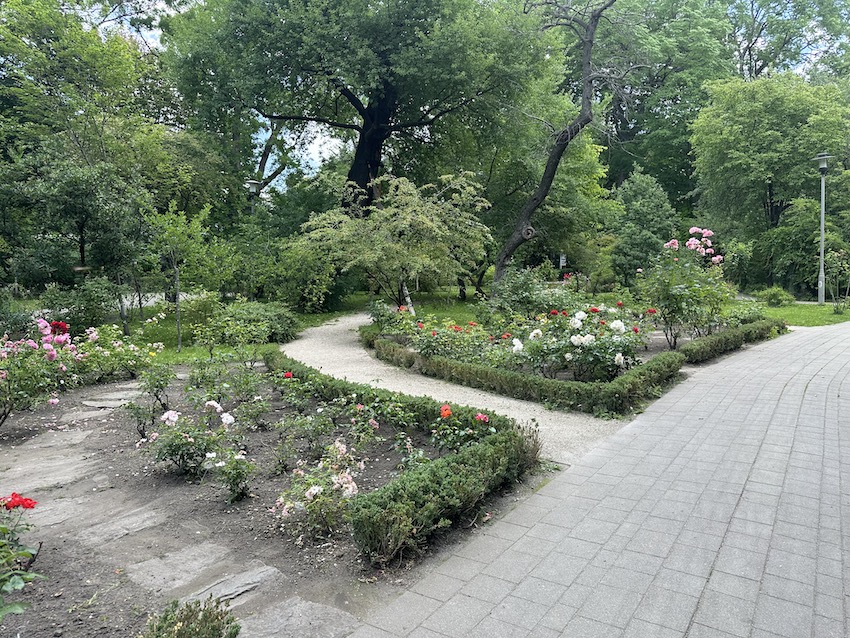

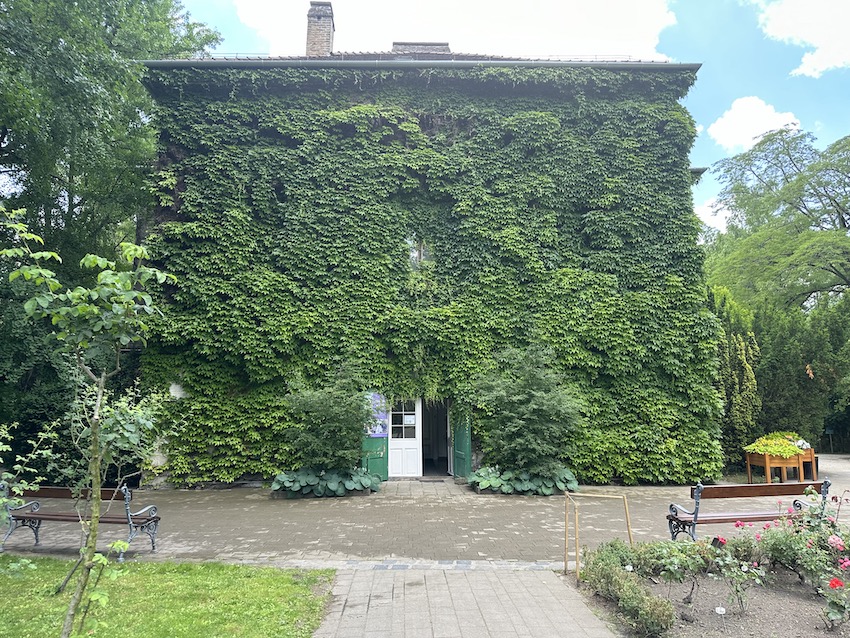
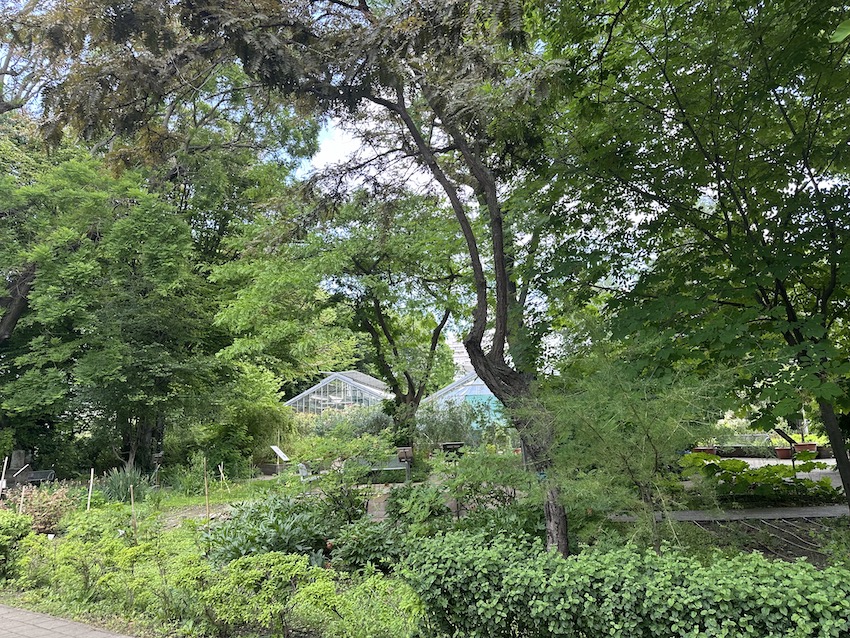
This act of the Romanian Ambassador symbolizes the honour bestowed upon the Botanical Garden and its commitment to preserving a lush green space in the heart of Budapest for over 250 years. It also underscores the dedication to raising awareness and protecting our planet Earth for future generations.

The subspecies of the planted oak, a symbol of Romania, was donated by the Faculty of Environmental Protection of the University of Oradea. This gesture serves as another bridge between the two countries, symbolizing a shared commitment to Romanian-Hungarian cooperation and representing the dedication to root, flourish and develop the partnership over time in a variety of fields.
In his remarks, the Ambassador thanked Dr. László Orlóci, Director of the Botanical Garden, for his availability and openness to cooperation. He also expressed gratitude to Mrs. Olimpia Mintaș, Pro-Dean of the Environmental Protection Faculty at the University of Oradea, and Mrs. Daniela Marele, Head of the Department of Engineering and Management in Agritourism at the same faculty.
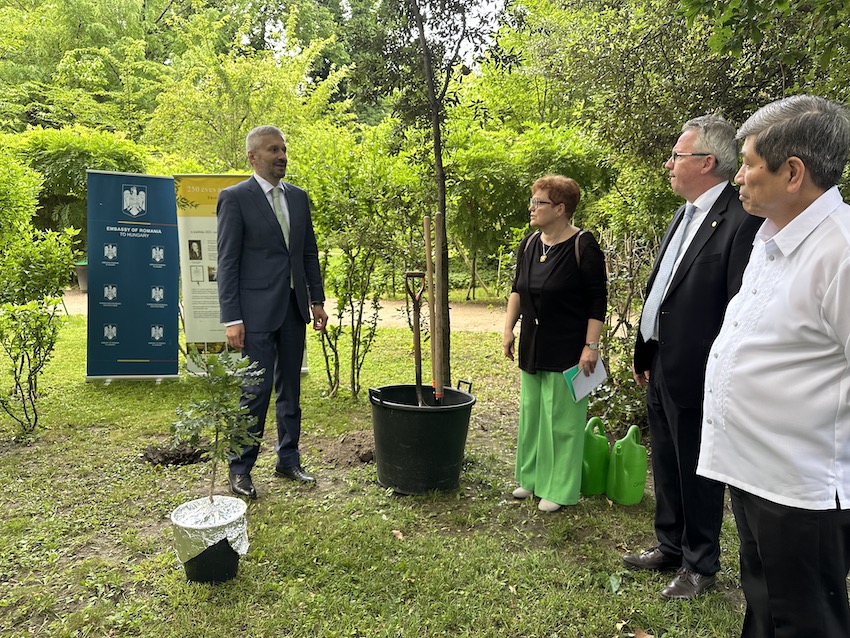
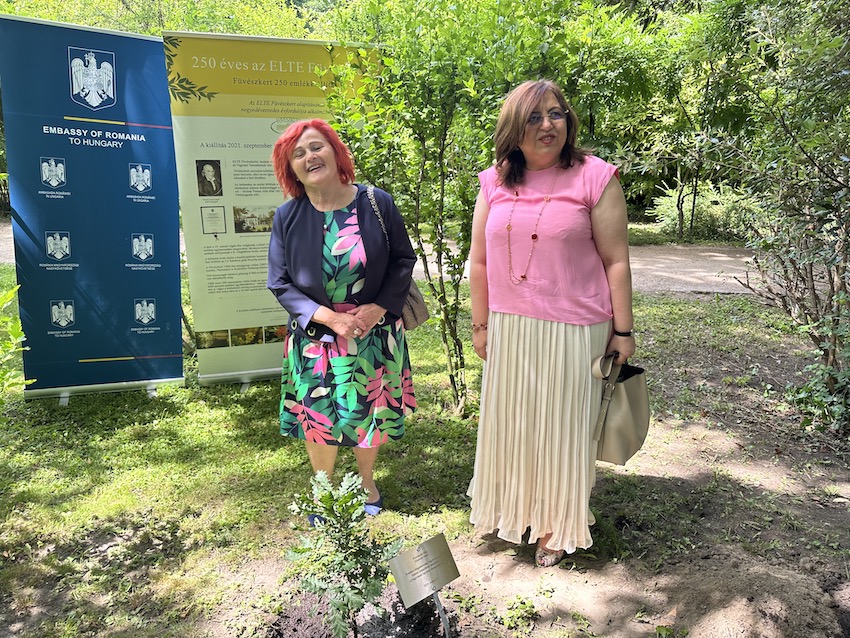
The event was attended by representatives of the diplomatic corps accredited in Hungary, the academic and the cultural elite of Budapest.




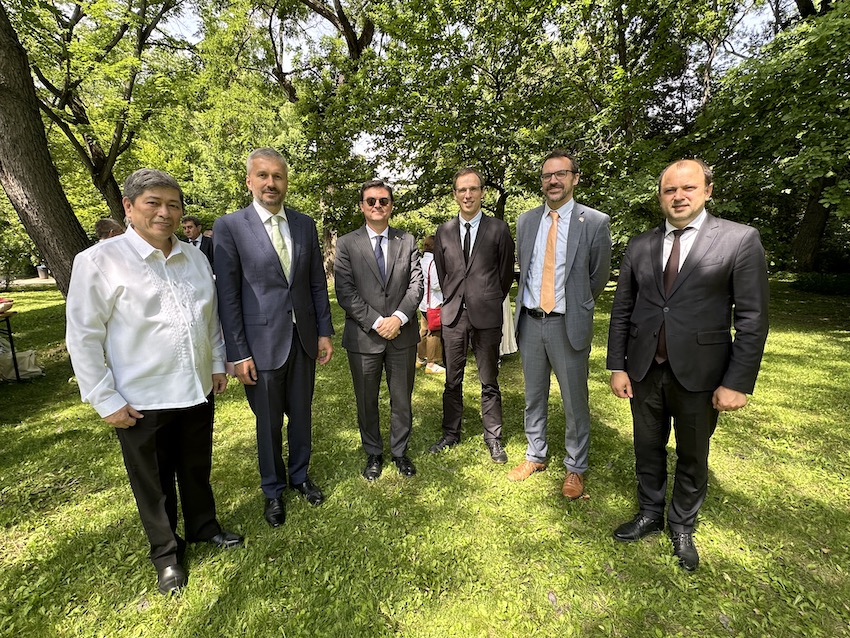
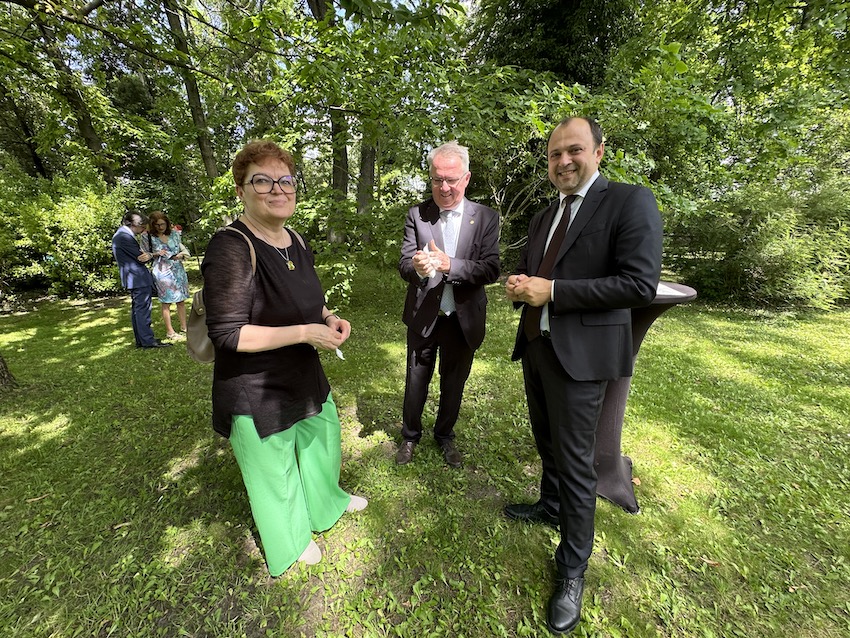
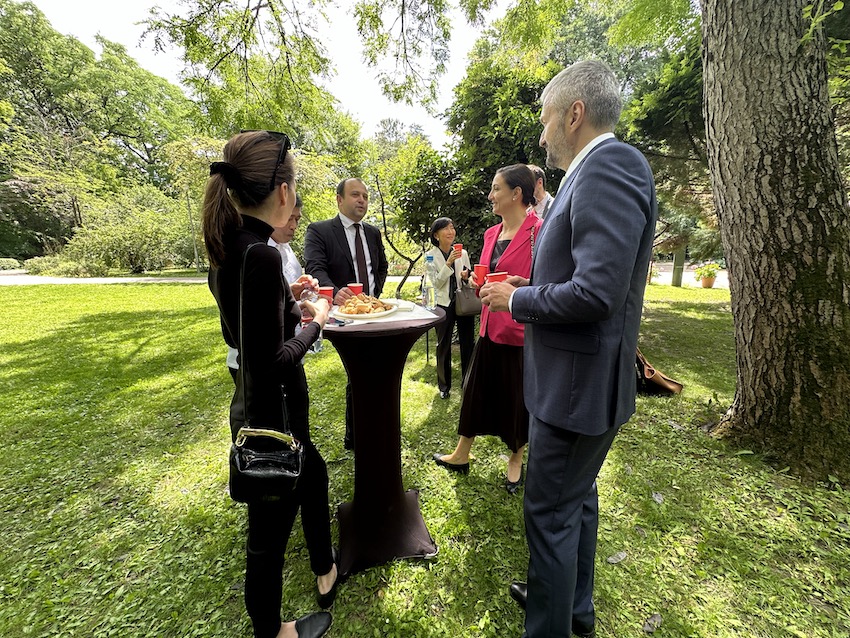
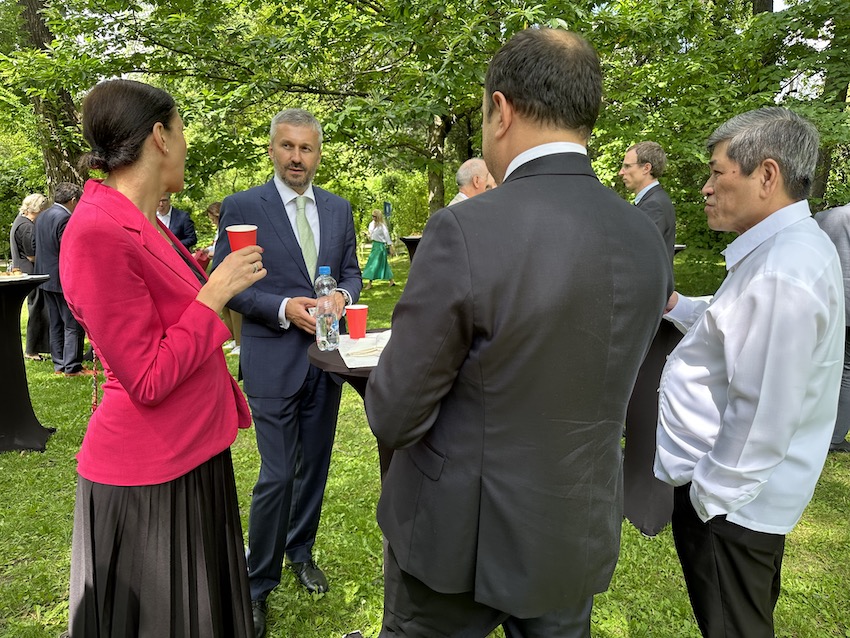
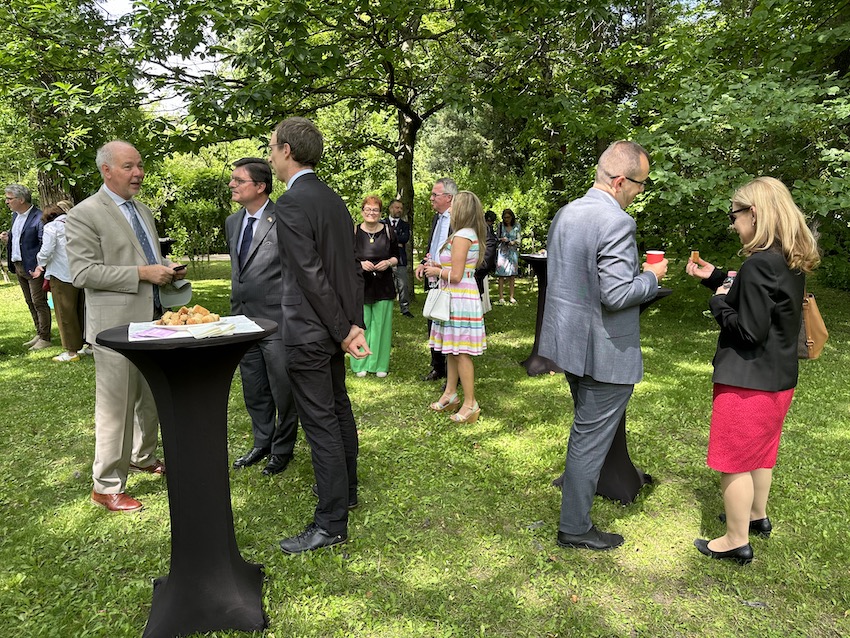
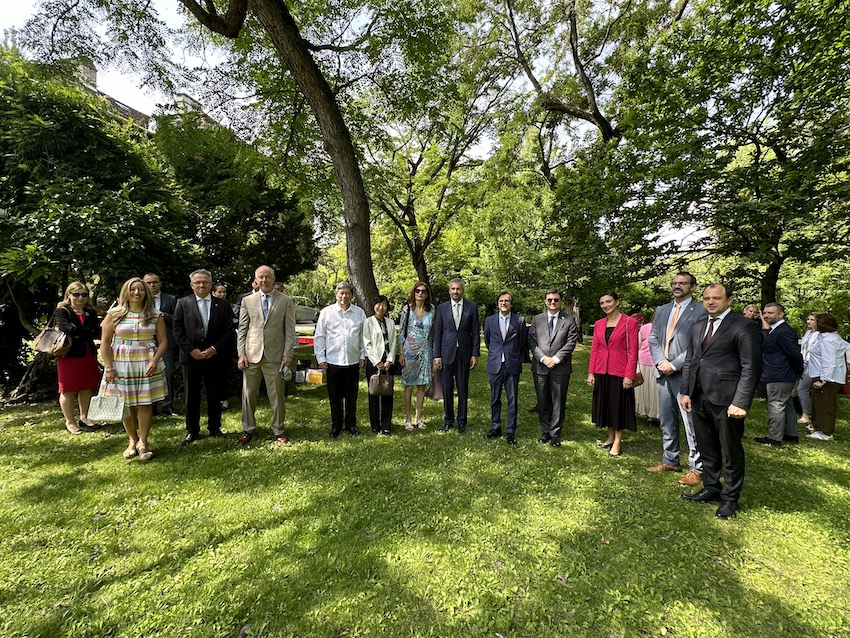
Source: Embassy of Romania in Budapest
Photos by the Embassy of Romania and DPA
The Botanical Garden in Hungarian literature: a fabled venue of the Paul Street Boys
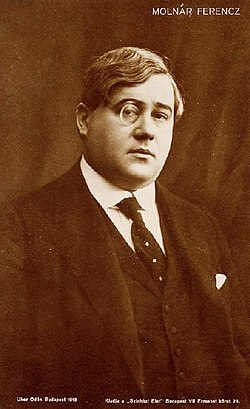
The Botanic Garden is a hidden treasure in the Hungarian capital, Budapest, serving as a significant setting in the renowned youth novel “The Paul Street Boys” by Hungarian author Ferenc Molnár (1878-1952).
Distinguished as a writer, journalist and playwright, Molnár authored numerous enduring plays, yet it was his youth novel that gained worldwide acclaim.
Initially published in 1907, “The Paul Street Boys” has transcended linguistic boundaries, being translated into 32 languages, adapted into six film versions and included in school curricula in numerous nations as required or recommended reading.
Molnár’s masterpiece continues to captivate audiences with its timeless exploration of friendship, community and the poignant themes of self-sacrifice and loss. “The Paul Street Boys is the book closest to my heart,” recalled Molnár himself.
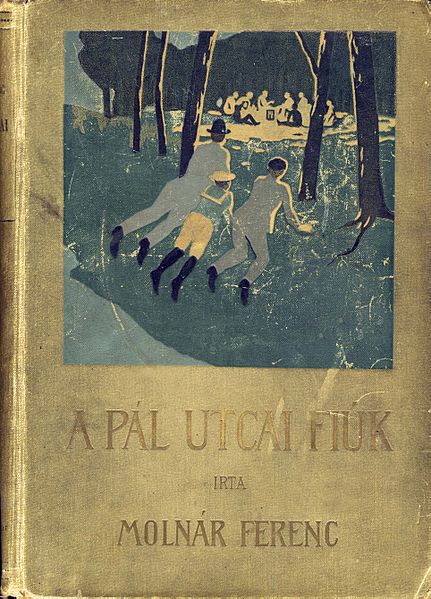
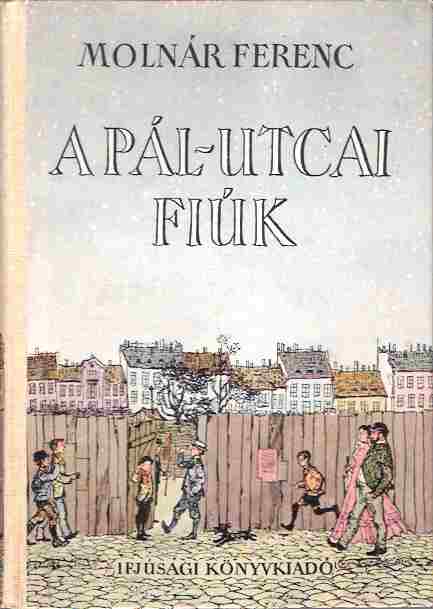
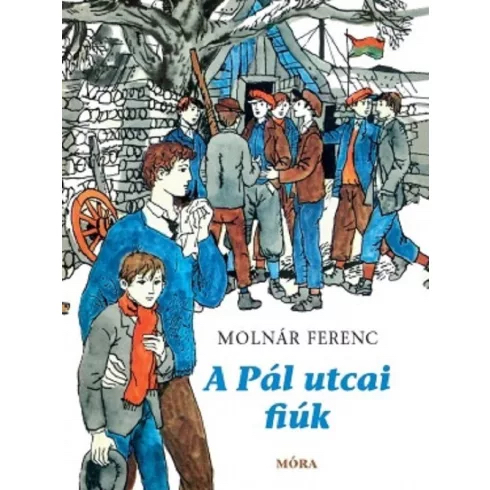






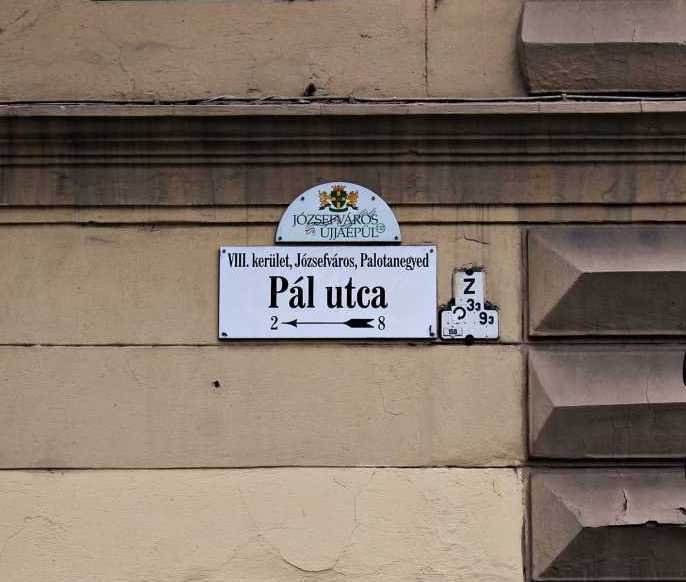
The Paul Street Boys tells the story of two gangs of children, around the age of 10, witness the rivalry between the Boys from Paul Street and the Redshirts from the Botanical Garden, their fight for the possession of the legendary Grund, a vacant lot serving as an exciting playground. Even after 117 years, the novel’s exploration of friendship, adventure, community, loyalty, betrayal, conflict and bullying remains timeless in children’s lives.
In 2007, to commemorate the 100th anniversary of the first publication of “The Paul Street Boys”, a captivating bronze sculpture group inspired by Molnár’s novel was unveiled in Budapest’s 8th district, where the story’s children lived.

This artwork stands in front of the Práter Street School, and vividly depicts the novel’s heroes playing a game of marbles, while two boys from the rival group watch them menacingly, capturing the bullying scene known as the “einstand”, when the Redshirts steal the prized glass marbles that hold significant sentimental value for the Paul Street boys.


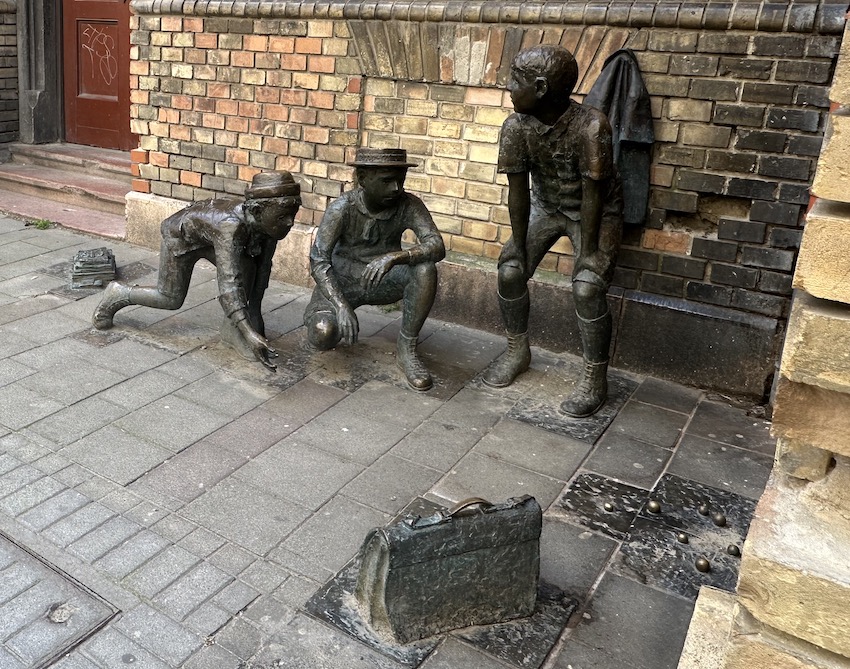
Created by Péter Szanyi, the sculpture includes numerous authentic figures and charming details that enhance its lifelike quality, such as a discarded book bag and a coat hanging on a nail in the wall. The true-to-life marbles game adds an authentic touch, bringing the scene and characters to life.
Timeless Bonds: The Paul Street Boys Brought to Life in a Hungarian Musical
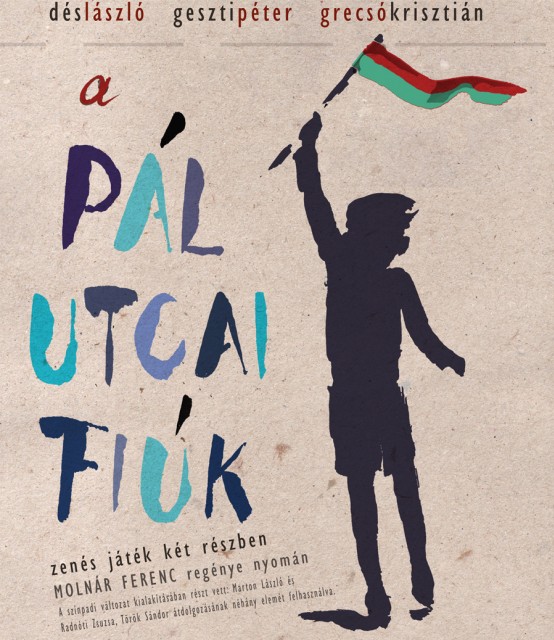
Inspired by Molnár’s novel, one of the most poignant works of Hungarian literature, appealing to both teens and adults alike, a musical entitled The Paul Street Boys (A Pál utcai fiúk) premiered at the Vígszínház (Víg Theatre) in November 2016. Ferenc Molnár was the in-house playwright of this prestigious, over 120-year-old theatre in Budapest, and many of his works were premiered there.
Playing a major role in the novel, the legendary Grund has become part of the Hungarians’ collective thinking and discourse. The featuring actors sing emotion-filled, melodic interludes composed by László Dés and Péter Geszti, with an adaptation by writer Krisztián Grecsó and direction by László Marton. The lyrics are filled with poetry and memories that are rediscovered by every generation. This production has been performed more than 400 times to consistently full houses in Budapest and many other Hungarian cities, and continues to resonate deeply with audiences.
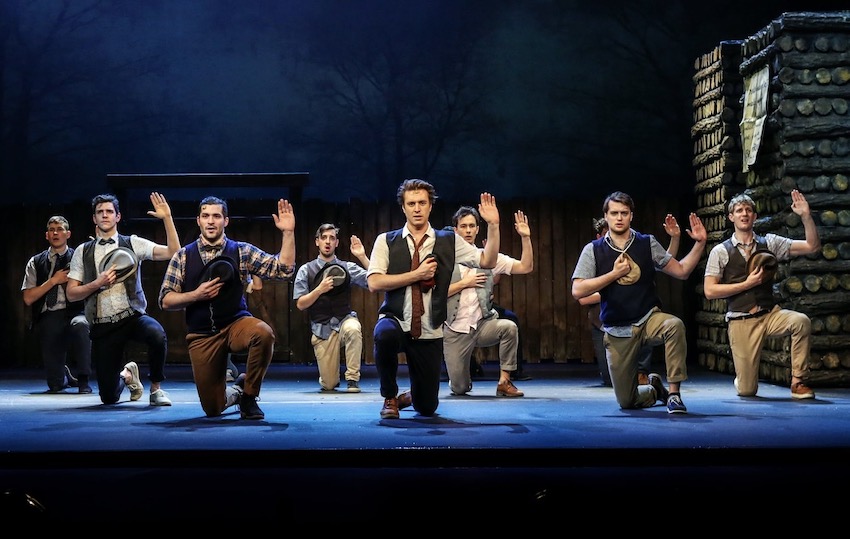
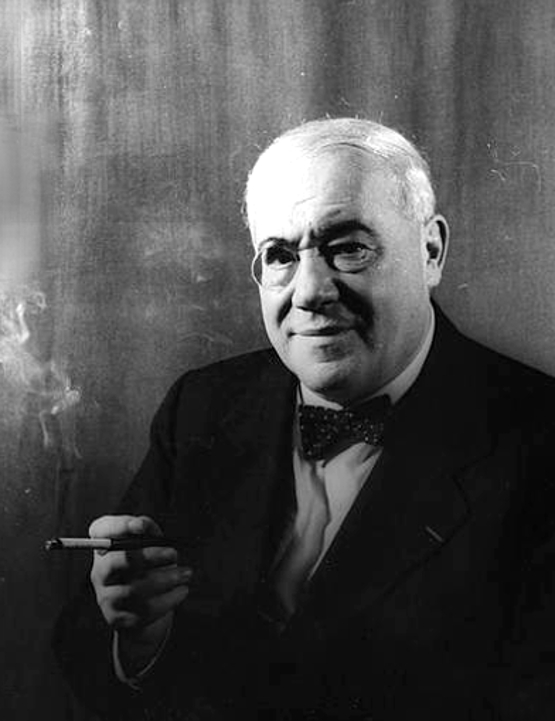
Ferenc Molnár wrote at the time about the characters of his novel: “Although the novel is a product of my imagination, its characters were real. They were my schoolmates, and I am still best friends with two of them to this day.”
The Paul Street Boys enjoyed unprecedented popularity and still do today. The novel’s great success is rooted in its rich portrayal of friendship, the strength found in community, the resonance of self-sacrifice and loss, and the enduring and universal appeal of these themes.
Photos by Wikipedia and DPA





